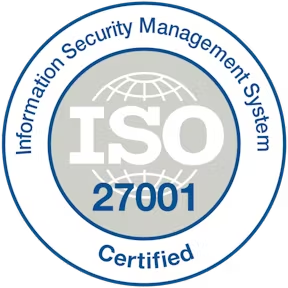The path to knowledge is often dotted with various obstacles. Recognizing and overcoming these learning barriers is a crucial step towards educational success.
These challenges, unique to each learner, range from internal emotional struggles to external practical constraints, each shaping the individual learning experience.
Deciphering the Layers of Learning Barriers
Emotional Barriers: The Silent Disruptors
Emotional barriers can subtly undermine a learner's journey. From the discomfort of leaving familiar methods to the paralyzing fear of failure, these hurdles can create a fragmented learning experience.
Addressing these issues requires a nuanced approach that focuses on emotional support and understanding.
Motivational Barriers: Fueling the Drive to Learn
Learners often face motivational challenges, particularly when the relevance or outcome of their studies seems unclear. Overcoming these barriers involves connecting educational goals with personal aspirations, building confidence, and setting achievable milestones to rekindle the passion for learning.
Personal Barriers: Tailoring Education to the Individual
Personal barriers highlight the diverse learning styles and cognitive approaches of individuals. From unique learning preferences to specific educational needs, these challenges necessitate a customized approach to teaching, ensuring inclusivity and adaptability in educational methods.
Strategies for Overcoming Learning Obstacles

Crafting Effective Learning Strategies
The key to breaking down learning barriers lies in:
- Establishing clear objectives to highlight the value of learning.
- Structuring the learning process for gradual knowledge building.
- Setting realistic goals to maintain motivation.
- Diversifying teaching methods to cater to different learning styles.
- Incorporating interactive elements to engage learners actively.
These approaches help in not just enhancing learning experiences but also in effectively addressing individual difficulties.
Building Supportive Learning Environments
Creating an environment that encourages learning involves:
- Designing spaces that foster focus and minimize distractions.
- Providing accessible resources and guidance for learners facing challenges.
- Integrating technology to facilitate flexible, on-demand learning.
- Promoting a sense of community through collaboration and peer support.
Such environments are fundamental to boosting engagement and achieving educational success.
Implementing Adaptive and Inclusive Practices
Adapting education to meet diverse needs includes:
- Employing customizable tools to accommodate different learning difficulties.
- Ensuring content is accessible for all, including those with impairments.
- Offering varied content delivery methods to respect individual learning styles.
- Continuously assessing and adjusting educational approaches based on learner feedback.
Adopting these inclusive measures is key to enhancing learning experiences for all students.
Conclusion: Transforming Learning Barriers into Stepping Stones
Addressing learning barriers is not just about removing obstacles; it's about reshaping the educational landscape into one that is supportive, inclusive, and adaptable.
By implementing effective strategies and fostering an environment conducive to learning, we empower learners to overcome challenges and achieve success.
Moreover, the commitment to enhancing learning experiences extends beyond addressing immediate barriers. It involves nurturing a culture of continuous improvement and resilience, thus contributing positively to the development of learners in academic and professional realms.
In conclusion, the collaborative effort of educators and stakeholders in refining and innovating learning approaches ensures that learners can navigate their educational paths more effectively.
This collective dedication paves the way towards a future where educational barriers are transformed into opportunities for growth and empowerment.
%201.svg)

.png)
%201.svg)

